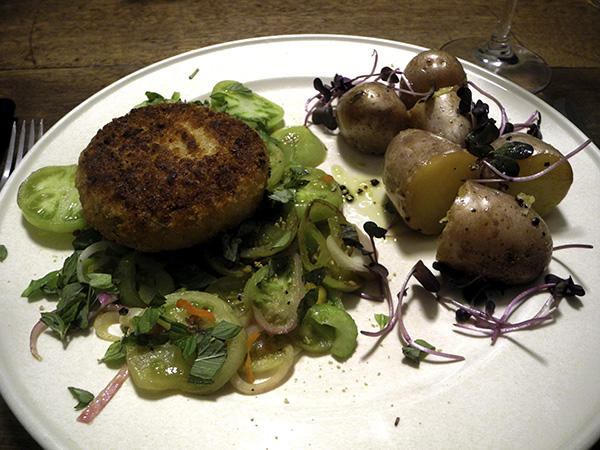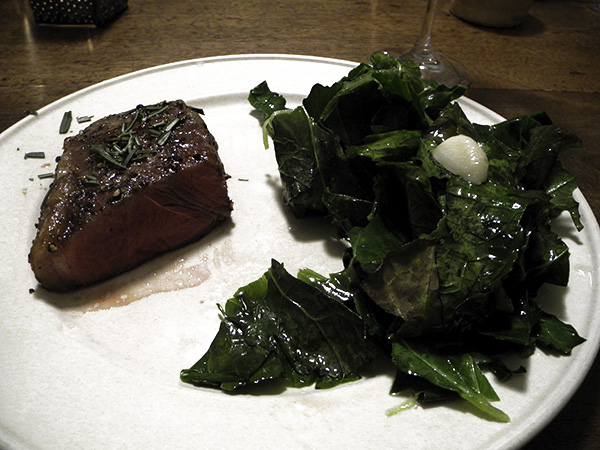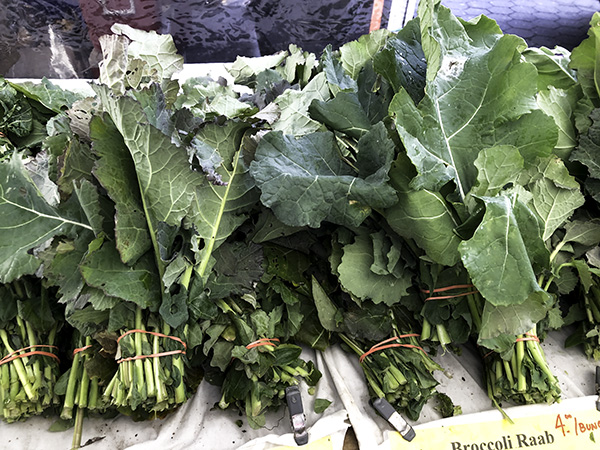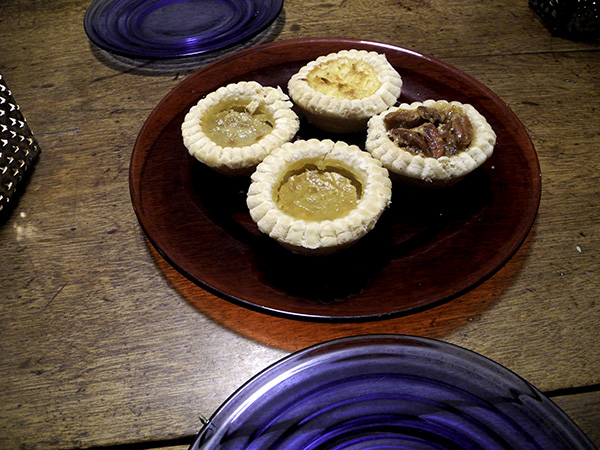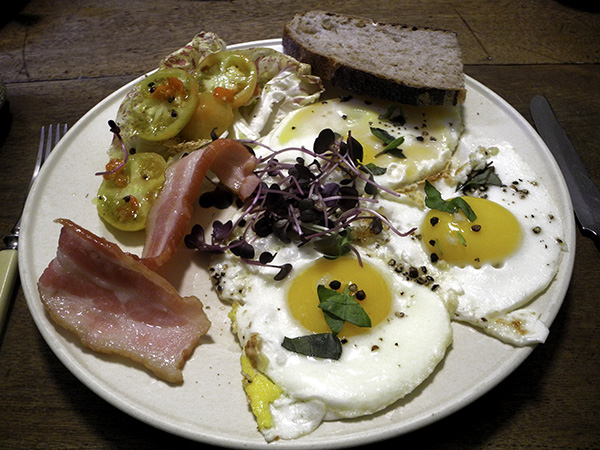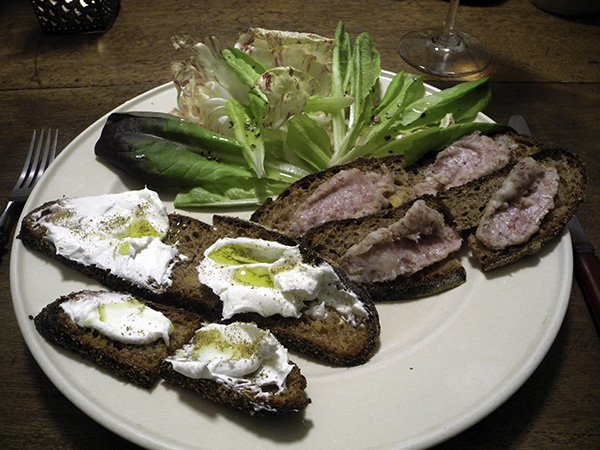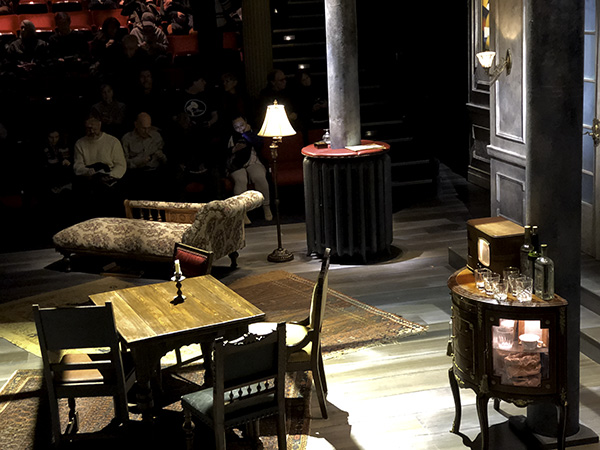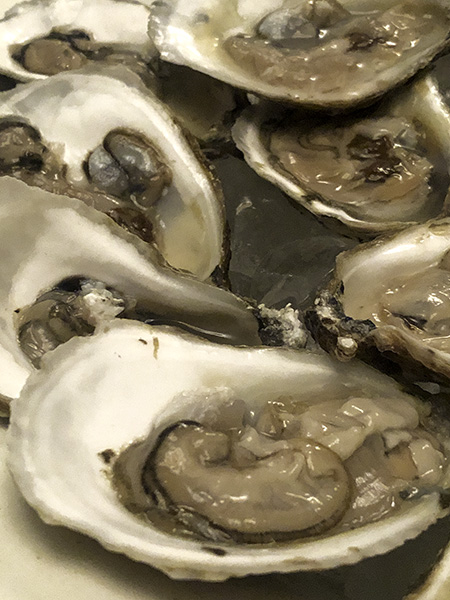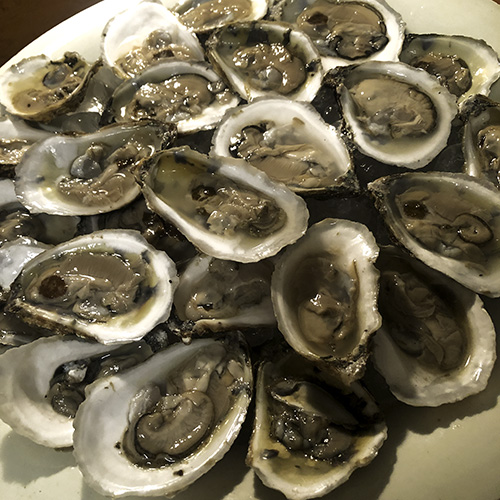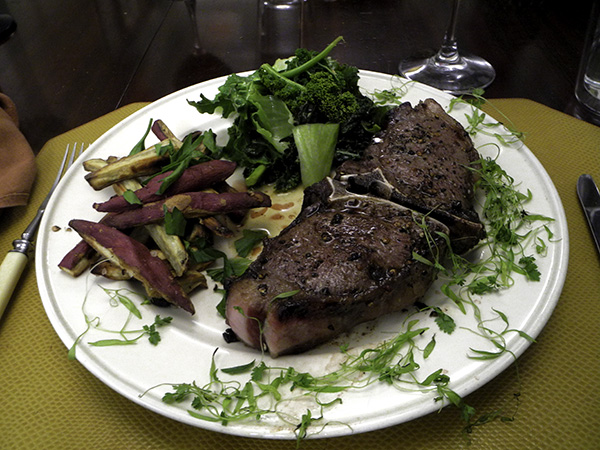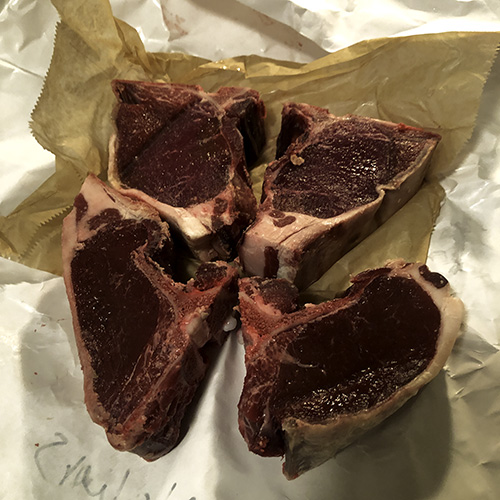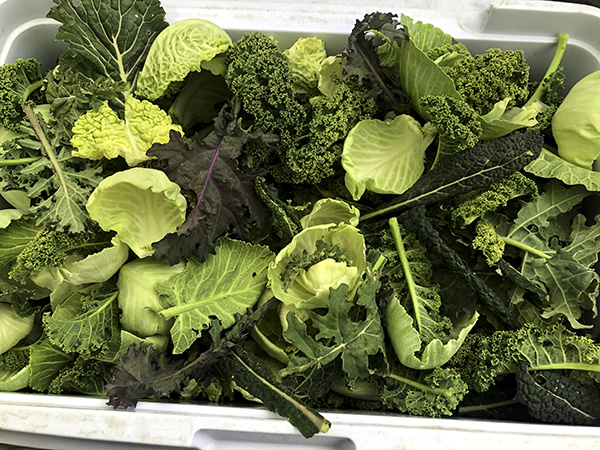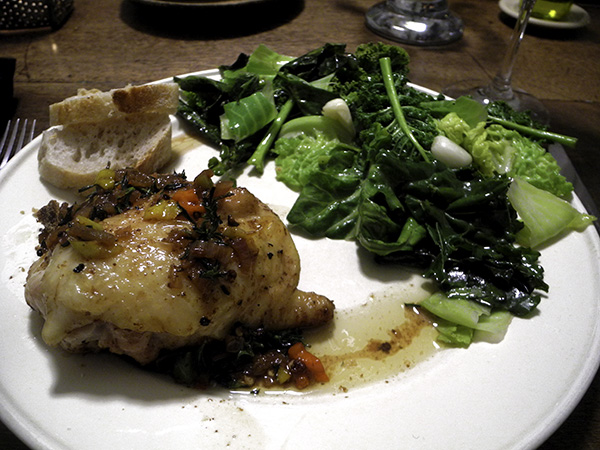
“A Chicken for Every Pot”
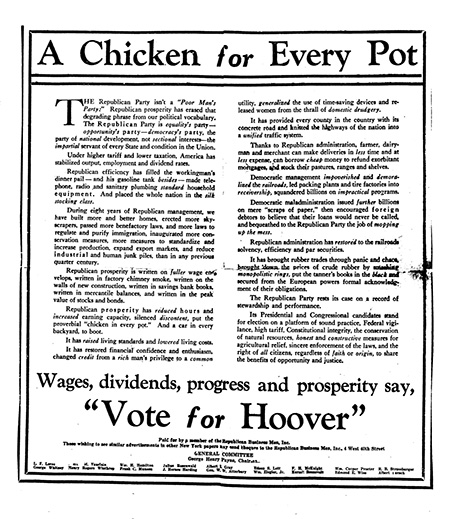
Hoover never said any such thing, although his enthusiastic supporters did include the phrase in in a 1928 campaign advertisement boasting that Republican prosperity had:
‘”..put the proverbial ‘chicken in every pot.’ And a car in every backyard, to boot.”
The Republican prosperity is history, but the attraction of chicken continues to this day, as does that of the car.
For what it’s worth, the chicken part of the phrase probably has its origins in seventeenth century France; Henry IV (le bon roi Henri) reputedly wished that each of his peasants would enjoy “a chicken in his pot every Sunday.” [encyclopedia.com]
While Barry and I don’t yearn for a car in our backyard (we live in the middle of Manhattan, so we don’t have to test our commitment to a small carbon footprint, and our backyard is a garden), but we do find a chicken, or parts of a chicken, in an occasional pot, and the occasion isn’t just a Sunday these days.
- two fresh 8-ounce New York State chicken thighs from Cascun Farms, purchased at Eataly Flatiron (in a preparation partly inspired by Mark Bittman) seasoned on both sides with a local P.E. & D.D. Seafood sea salt and freshly ground black pepper, browned well in two tablespoons or so of Organic Valley ‘Cultured Pasture Butter’ inside a medium size oval enameled high-sided cast iron pot, then covered with aluminum foil (it needn’t be a tight seal), then cooked over medium-low heat, turning occasionally, until the internal temperature was 155-165 degrees, or the juices ran clear when pricked with a fork, which was roughly 15 minutes, transferred to a small oval platter and covered with the foil to keep warm, ideally the platter, or at least the plates, kept inside a warm oven while the sauce was completed, beginning with one shallot from Norwich Meadows Farm, 3 small seasoning peppers, one aji dulce (red) and 2 small Granada (yellow, with the flavor of a habanero, but a fraction of the heat), both from Eckerton Hill Farm were stirred in and allowed to soften a little before about a third of a cup of white wine [Matt Iaconis Napa Valley Chardonnay 2017] was added to the pot, the heat raised to medium high and the liquid boiled until reduced quite a bit, or until it was a of the consistency of a sauce, a generous amount of chopped winter savory from Stokes Farm added and stirred in, the sauce transferred to a glass sauce boat, from which some of it was poured over the chicken, which had now arranged on plates
- the remaining greens from a ‘braising mix’ (young Brassicaceae: kale, collards, mustards, escarole, and dandelion) purchased from Keith’s Farm at the Union Square Greenmarket, mixed together with the leaves left from a bunch of broccoli raab from Lani’s Farm, barely wilted in a little olive oil in which several small rocambole garlic cloves, also from Keith’sFarm, had been heated until fragrant and beginning to soften, seasoned with sea salt, and freshly-ground black pepper
- slices from a small sunflower and flax seed sourdough peasant baguette from Hawthorne Valley Farm
- the wine was a Portuguese (Dão), Niepoort Rotulo Tinto, Dão 2016, from Astor Wines
- the music was Beethoven’s ‘Musik zu Carl Meisls Gelegenheitsfestspiel’, Claudio Abbado conducting the Berlin Philharmonic Orchestra and the Berlin Radio Chorus
[the image of the Republican political flier is from IowaCulture.gov]
